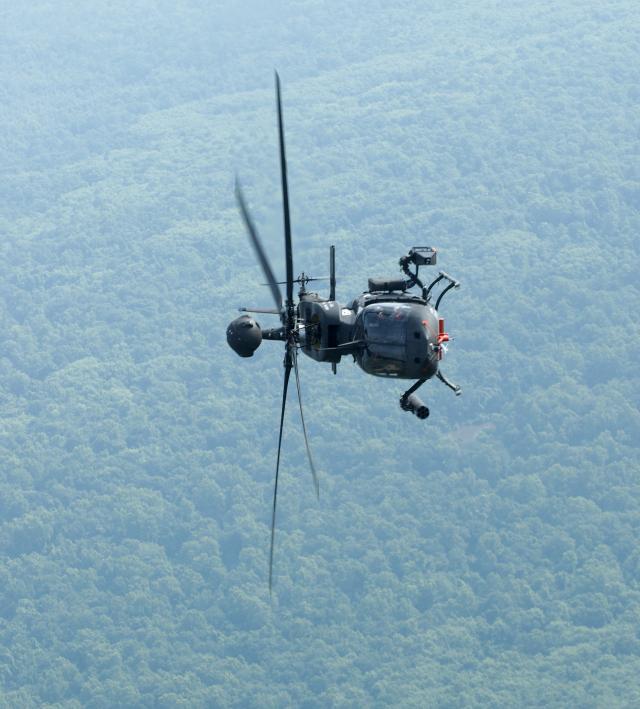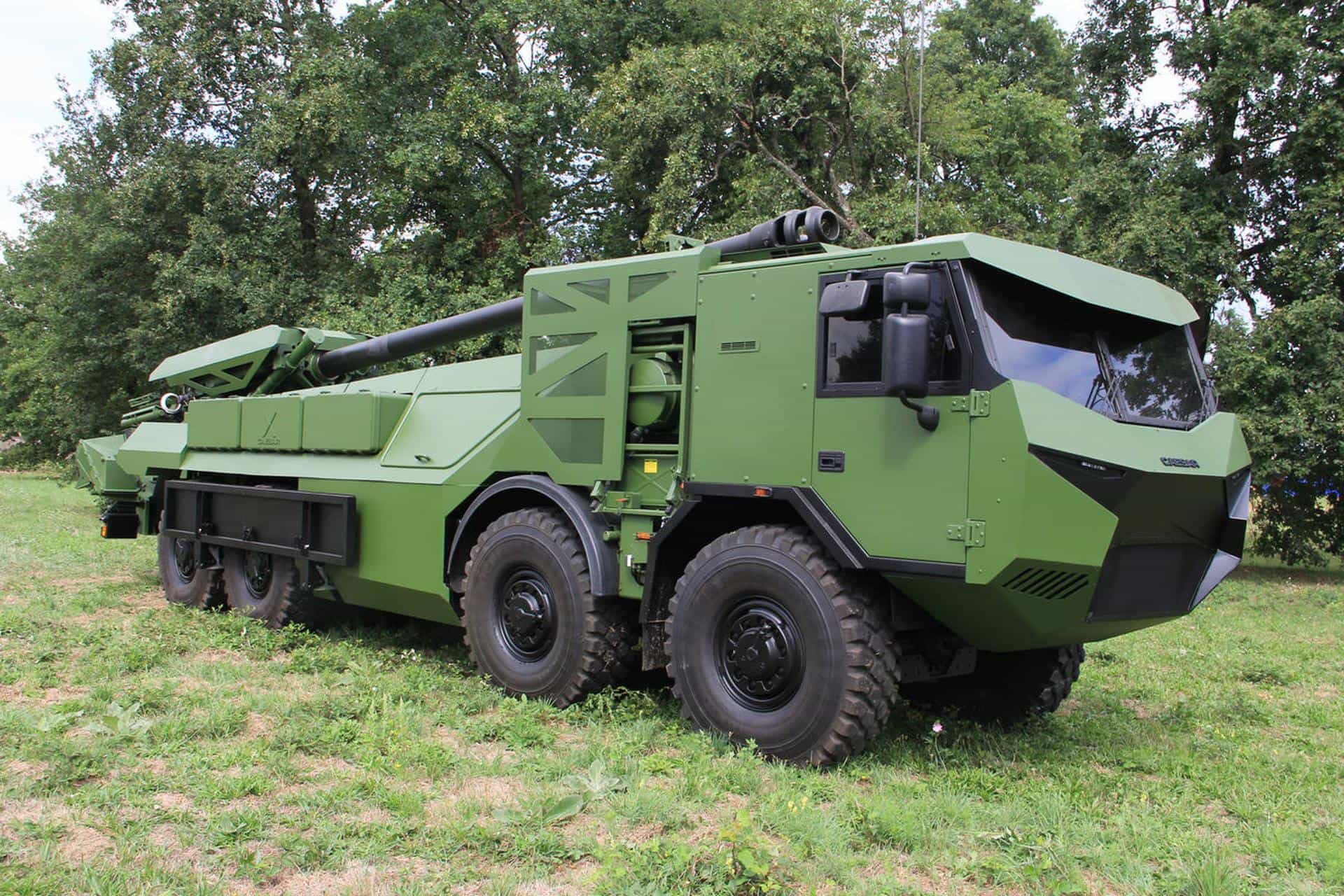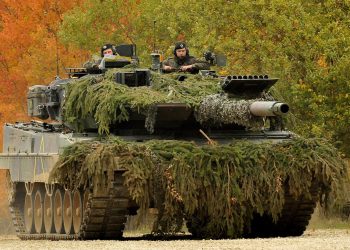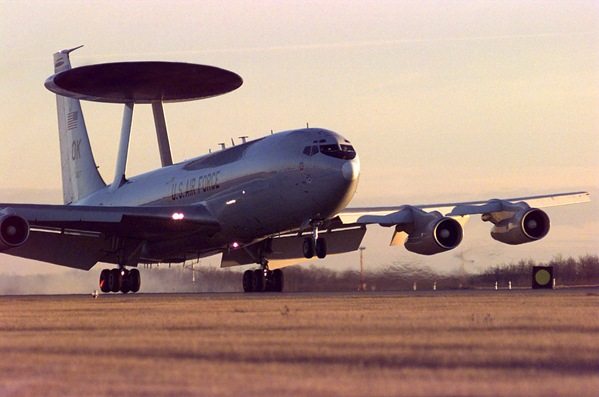Army acquisition officials are pursuing solutions to help aircraft crews navigate through what is called a “degraded visual environment.”
A degraded visual environment, or DVE, is a circumstance wherein weather, obscurants or obstacles thwart the ability of a crew to see properly or accurately know where they are in relation to surrounding terrain, service officials explained.
THREE-PRONGED APPROACH
Army officials view potential DVE solutions through what could be called a three-pronged approach which includes:
- improving the existing flight controls systems and handling characteristics to assist the pilot in managing workload when vision or situational awareness is challenged or obscured
- examinations of “queuing” technologies able to give pilots needed information to make decisions regarding the aircraft
- and various sensors able to help aircraft crews see through obscurants.
“One of the key efforts from Program Executive Office Aviation is to make sure we take a holistic approach within DOD, so that we fully understand all of the ongoing efforts that are contributors toward a DVE solution,” said Mike Herbst, assistant PEO, Engineering and Technology,
The Army’s strategy for approaching DVE emerged, in part, from the service’s participation in an Office of the Secretary of Defense-led Helicopter Survivability Task Force which launched a rotorcraft survivability study in 2009, Herbst explained.
“One of the results of this effort,” Herbst added, “was that the individual services were asked to conduct their own studies to see where and how helicopter mishaps occurred.”
“The Army brought subject-matter experts together and assembled a working group to dig into accident circumstances. Many turned out to be DVE-related, and this has helped shape the Army’s resolve in addressing this problem,” Herbst explained.
“This working group included experts from the Army’s Training and Doctrine Command, the Army’s Aviation Center of Excellence and the Army Combat Readiness Center, Fort Rucker, Alabama, and the Aviation and Missile Research Development and Engineering Center, Redstone Arsenal, Huntsville, Alabama, as well as program safety officers across the service,” Herbst said.
SENSOR SOLUTIONS
“Various technological capabilities and “sensor” solutions are a critical component to the Army’s DVE strategy. The approach is to create a common set of technical standards so that different sensing solutions can more quickly and easily be integrated within a common architectural backbone,” said George O’Boyle, Aviation Network & Missions Planning DVE project lead, Aviation Systems Project Office.
“With any type of future capability, we want to use commonality to leverage software solutions in a modular fashion,” said O’Boyle.
In fact, the overall effort to build hardware and software to a specific set of common Internet Protocol, or IP standards is a large part of what Program Executive Office Aviation calls Future Airborne Capability Environment, or FACE, explained Col. Anthony Potts, former project manager, Aviation Systems and current Director, Plans, Programs and Resources, Office of the Assistant Secretary of the Army, Acquisition, Logistics and Technology.
According to Potts, the FACE effort involves a collaborative effort between government and industry to identify an established set of technical standards so that new software and hardware can seamlessly connect with existing systems on aviation platforms.
The FACE effort has already resulted in substantial savings; it is a key portion of the Army’s Common Operating Environment, or COE approach, a method of identifying and implementing a common set of IP standards as a way to better facilitate integration of emerging capabilities, quicken the developmental cycle and lower costs wherever possible, Potts said.
“The common set of standards for FACE has to do with the process by which software is built and documented. Previously we had to do a lot of code re-writing for every platform because each one had a different operating system,” Potts said.
As a result, the Army’s DVE sensor plan is to establish a common software architecture that is “sensor agnostic,” meaning it will be engineered with a “plug-and-play” capability to accommodate a wide range of sensor applications. This plan will create an open-architecture backbone able to keep pace with rapid technological change and quickly integrate new solutions as they emerge, Potts added.
In response to a U.S. Central Command Operational Needs Statement issued in 2011, the Army is acquiring a limited number of sensors. These sensors are designed to help crews navigate through “brown-out” or DVE-type circumstances. The Helicopter Autonomous Landing System, or HALS sensors use 94 Gigahertz millimeter wave radar technology to provide helicopter crews with an ability to see through obscurants, O’Boyle explained.
“The millimeter wave radar technology provides a known penetrating capability,” O’Boyle said.
Over the longer term, however, HALS and other millimeter wave radar technologies will be evaluated by Army developers alongside a wide range of other sensing capabilities. Some of these capabilities may include Forward Looking Infrared, or FLIR technologies, as well as Laser Detection and Ranging, or LADAR sensors which use applications to “paint” or provide a detailed picture of a given landing area.
“Our concept is to move forward with a sensor integration program, depending upon resources and technology. The first phase of the DVE sensor program will be to study all these alternatives once a Materiel Development Decision is completed. We will then turn to the project manager to develop solutions. We’ve got technology in the pipeline to execute a program like this,” Herbst explained.
QUEUING
Various “queuing” technologies can also help helicopter pilots by providing air crews with key navigational information designed to greatly assist efforts to address DVE conditions.
“For instance, Program Manager Air Warrior, with Program Executive Office – Soldier, is currently developing a helmet-mounted display technology able to provide air crews with a 3D symbology,” said O’Boyle and Herbst.
“This symbology, which provides aircrews with information from inertial navigation and GPS sensors, is designed to assist pilots in flying the aircraft to the ground,” O’Boyle said.
“This helmet-mounted display is an upgrade to the current heads-up display system. The current system is a single-monochrome display fixed to the helmet, whereas the new one has a color display so the pilot will get a clearer picture and be able to see the symbology much better,” said Fred Reed, DVE SME from the Aviation and Missile Research Development and Engineering Center.
“Also, drawing from inertial navigation as well as information from a Digital Terrain Elevation Database, which contains maps of most of the earth’s surface, pilots using this new helmet-mounted display are able to see where they are in relation to the ground and surrounding terrain,” O’Boyle said.
Overall, the Army’s approach to DVE is oriented toward leveraging the best available sensor technologies while simultaneously engineering a technical environment wherein next-generation capabilities can easily be integrated at lower costs. At the same time, the approach is multi-pronged, meaning it will emphasize sensor technology solutions alongside advanced flight controls, and key advances in “queuing” technologies.
In total, this integrated approach is aimed at increasing air-crew safety and survivability while also helping to provide them every conceivable tactical and operational advantage, service officials emphasized.











